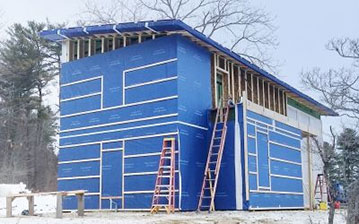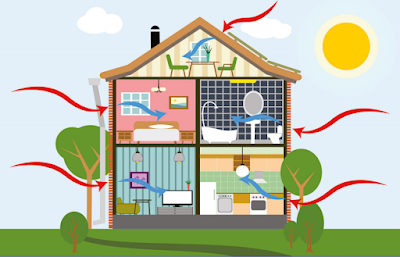Even though with the construction of a passive building you can emphasise energy efficiency and comfort for an efficient and smooth process you will need to choose an experienced builder. With the help of a highly skilled passive house builder, your house can meet the strict requirements of air tightness, insulation and other factors. The certified team of passive house builders in Melbourne have extensive knowledge and experience in passive houses as they can help you to build your dream home.
In this blog, we will give you a few tips for finding the right builder for your house project. So let’s cut to the chase.
Passive House Certification
One of the most essential factors that you need to check first is whether the team of builders are certified by the Passive House Institute. This type of certification can indicate that the builder has completed training in passive house design and construction as this can result in smooth and hassle-free completion of your house project.
Checking The Builder’s Portfolio
Checking the passive builder’s portfolio can be another crucial step for you in choosing the best option for your house project. In this way, you can get an example of their previous works as this can give you an indication of the quality of their work.
Communication Skills And Quick Responsiveness
As building a passive house can be quite a complex process you will need a builder who is communicative and responsive. In this way, you can choose a builder who can listen to your needs and communicate with you throughout the process. With the help of a good builder, you can get detailed information about your house project.
Bottom Line
Choosing the right passive builder can be crucial for your house project as with their expertise and knowledge you can complete the procedure within the required time. By following the above tips you can hire the best passive builder who can meet your needs and understands the vision of your dream house.




